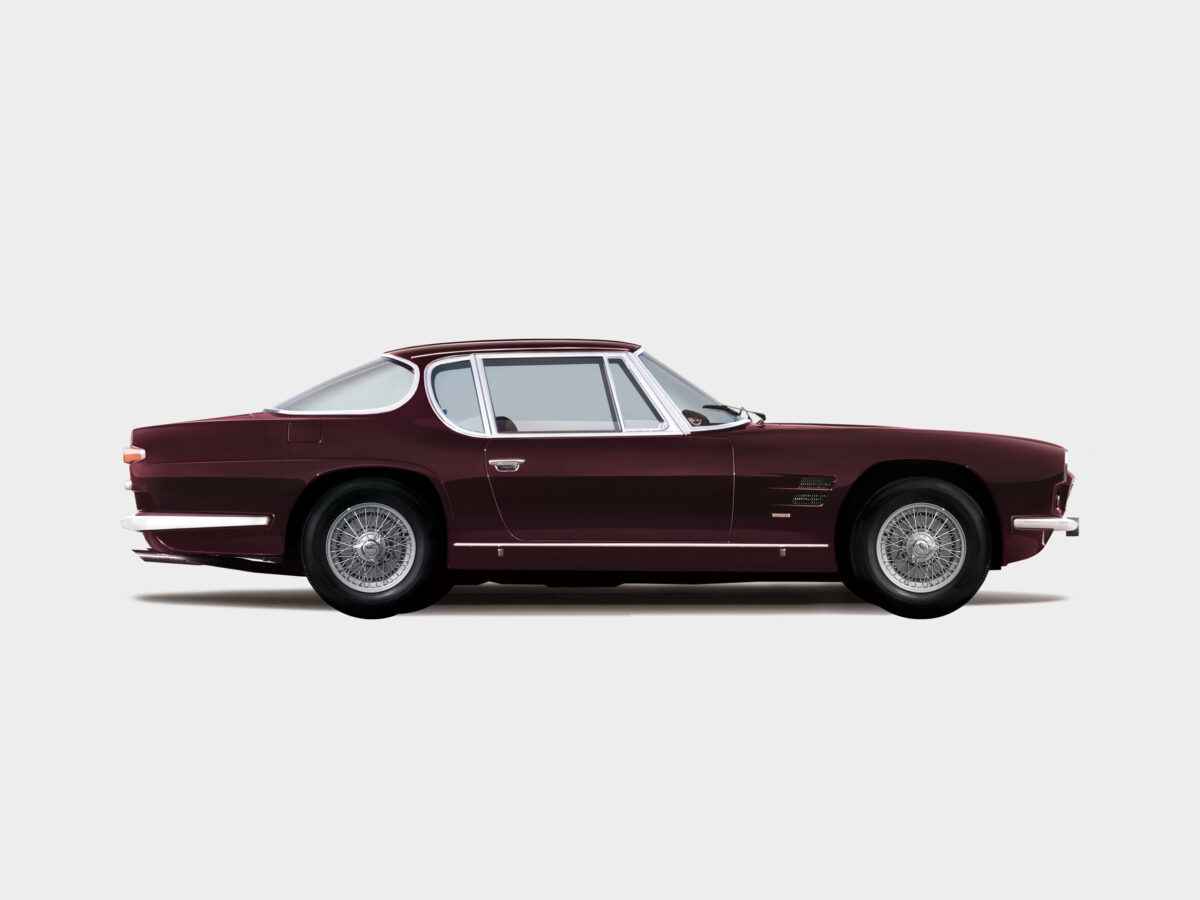Maserati – 5000 GT (1966)
Details
- Vehicle Type:
- Coupé
- Coach Builder:
- Frua
- Cylinders:
- V8
- Engine CC:
- 4719
- Entrant
- Henk de Vries (NL)
Classe E

The Maserati 5000 GT was produced from 1959-1966 with a total of just 34 cars, making it one of the most exclusive cars of its time. The origins of this aristocratic automobile go back to an occasion at the end of 1958. The Shah of Persia, Mohammad Reza Pahlavi, was visiting Maserati and had taken a test drive in the Maserati 3500. He was highly enamoured with the vehicle but thought it lacked exclusivity and considered the engine displacement on the small side. A larger engine was deemed to meet the royal requirements and the Shah agreed to pay for the development of the new car. Chief Engineer at Maserati Giulio Alfieri took care of creating the ideal solution. The 3500 GT chassis was modestly reinforced and received the racing engine of the 450S. The displacement was expanded to five litres and the compression ratio was reduced to increase everyday usability. The Shah paid a stupendous sum for this exclusive development work. The price for the finished car was mind-boggling: Maserati invoiced 7.5 million liras for the sports car equipped with its racing engine. Three million more than for the 3500 production model. Carrozzeria Touring designed the body for the ‘Shah Maserati’. A second car with the same design was shown at the Turin Motor Show in 1959. No less than eight different Italian coachbuilders produced bodies for the 5000 GT. This coupé is the last car built and differs from the others in that it is fitted with the prototype 4.7 litre V8 Mexico engine rather than the de-tuned 450S racing engine. Only three 5000 GTs with a design by Frua were ultimately built, equipped with Bosch headlights from the Glas V8 – also a Frua design. Finished with a unique paintwork scheme in Pearl Metallic Brown known as ‘Marrone Cangiante’ with the interior in ‘Camoscio’ deer suede, this 5000GT was delivered new to a German architect through dealer Auto König, Munich, in June 1966.
